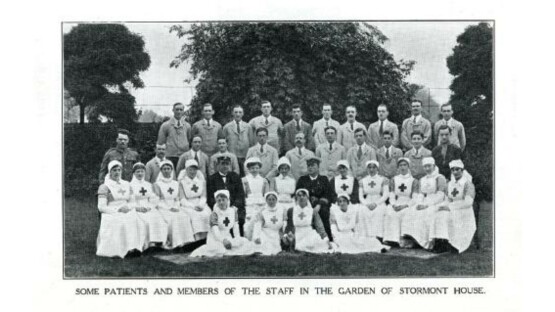History of Stormont House
Stormont House has a rich history which has seen the school have many different purposes and support a variety of different people. Here is a timeline of how we got to the school we know and love today.
1904
The Stormont House Residential School for Blind Boys was established by the London County Council.
1909
Stormont was converted into an Industrial School for younger boys. The school was certified to accommodate up to 12 boys aged under 7 years old at the time of admission. The school was run by a Superintendent Miss A Smith.
1915
The school closed and was repurposed into Stormont House Red Cross Hospital, due to World War 1. The children who had attended the school were moved to another site in King's Avenue, Clapham Park.
1919
The Hospital closed in 1919 and the site was returned to the London County Council.
Situated on the edge of the broad open space of Hackney Downs, this was an ideal location for one of the second wave of open air schools set up by the London County Council after the World War One.
Stormont House Open Air School was situated in the garden behind the main building. It was relatively small, with only three pavilion classrooms, and specialised in supporting children who suffered with tuberculosis.
1919-1939
By September 1931 the School had 90 places. An annual picnic for the children was held in Epping Forest and in June 1929 20 girls had a week's holiday in Bognor Regis, while 30 boys went to Whitstable.
The School continued to operate until the outbreak of World War 2 in 1939, when the pupils were evacuated to Norfolk - the boys to Fincham and the girls to Shouldham.
1939-1945
Unfortunately during World War 2 the school site was heavily bombed and the school that was on that site did not reopen after the war.
1960
In Post War Britain it took a while for a new school to be built but in the early 1960's Stormont House School for delicate children was opened, supporting primary and secondary age young people with additional needs and medical needs.
2000
The school for a long time had been for young people aged 5-16. This year saw the school become solely a SEND secondary school for young people aged 11-16.
2013-14
In 2013 the school was temporarily relocated to Mount Pleasant Lane, Upper Clapton, while a new school was built on the Downs Park Road site, as part of Building Schools for the Future.
In January 2014 students and staff moved in to a new modern building that Stormont House now calls home. The new building meant the addition of a a new one year Sixth Form that partners with local Further Education Providers and Alternative Provisions.
Stormont House Hospital Centenary 1916-2016

Stormont House Centenary is a partnership project that was between Fifth Word Theatre, Hackney Museum, Hackney Archives and was supported by Hackney Council's Leisure and Green Spaces. The project commemorated the lives of the staff and patients at Stormont house hospital during World War 1 with community members and young people from Stormont House school.
In 2016 using the dramatic pedagogical approach ‘Mantle of Expert’ the pupils from Stormont House School were able to learn more about the School's Hospital past. The story box was used as a starting point to delve deeper into stories of those who spent time in the hospital either as nurses, staff or as patients. Each session looked at a different aspect of life there, with the pupils ‘becoming’ soldiers writing home from the front or ‘practicing’ to become Volunteer Red Cross Nurses.
In October 1915 the British Red Cross Society rented the Stormont House Industrial School for Little Boys (which had been a residential school for blind boys from 1904) from the London County Council at a nominal rent of 1 shilling (5p) a month. The building was converted for use as a military hospital and was officially opened on 29th January 1916 by the Lord Mayor of London, accompanied by the Lady Mayoress and the Sheriffs.
The Hospital, with 42 beds for enlisted servicemen, was a Class B auxiliary hospital to the City of London Military Hospital in Lower Clapton. It provided its convalescent patients with good food and plenty of entertainment. River trips, drives into the countryside and outings to Epping Forest were organised, and patients were also invited to teas, concerts and theatrical performances. In good weather they could sit out on the lawn in deck-chairs, while in bad weather they could play indoor games or hold whist drives. The Hospital also had a piano.
After the Battle of Delville Wood many South African casualties were admitted.
The Hospital closed in March 1919. During the 39 months of its operational life, some 1,192 soldiers had been admitted. None had died.
After having learnt about the history the young people then went to Hackney Museum to hear about making the exhibitions and the different ways you can tell a story by using objects. They also went to Hackney Archives, where they looked at the different types of historical records that you can use to discover stories from the past, including old newspapers, maps and oral histories.
With all this information the Year 7 pupils prepared an exhibition to present to Hackney Museum. This was officially accepted by the museum staff and set up as the young people had envisaged. The exhibition was launched with a showing of the documentary film of the whole project.
This experience enabled Year 7 pupils to become curators and create an exhibition that will tour Hackney Museum, Hackney Downs Park Pavilion, Hackney Archives and local schools. A series of public talks were also delivered in conjunction with the exhibition.
Take a look at the Stormont House Centenary film below to find out more about the project.

